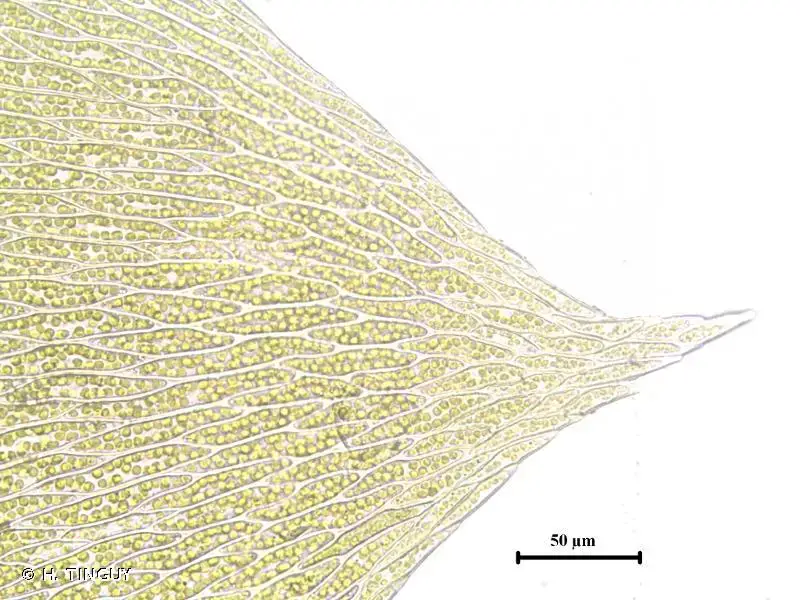
306244.jpg from: https://inpn.mnhn.fr/espece/cd_nom/5958
Introduction
The world of mosses is a fascinating and often overlooked realm, home to a diverse array of tiny, resilient plants that have been around for millions of years. Among these unsung heroes of the plant kingdom is the

537966_45d99fbf.jpg from: https://www.plantarium.ru/page/image/id/537966.html
Plagiothecium cavifolium (Brid.) Z.Iwats., a member of the Plagiotheciaceae family, commonly known as Plagiothecium. This unassuming moss may be small in stature, but it plays a crucial role in the ecosystems it inhabits and has captured the interest of bryologists and nature enthusiasts alike.
Background
Before delving into the intricacies of Plagiothecium cavifolium, it’s essential to understand the broader context of mosses. These ancient plants belong to the division Bryophyta

Plagiothecium-cavifolium_23-01-19-10-51-56-800×600.jpg from: https://www.britishbryologicalsociety.org.uk/learning/species-finder/plagiothecium-cavifolium/
, which encompasses three classes: Bryopsida (true mosses), Marchantiopsida (liverworts), and Anthocerotopsida (hornworts). Mosses are non-vascular plants, meaning they lack the specialized tissues found in more complex plants for transporting water and nutrients. Despite their simplicity, mosses have evolved remarkable adaptations that allow them to thrive in a wide range of environments.
Main Content
Morphology and Identification
Plagiothecium cavifolium is a pleurocarpous moss, meaning its stems grow horizontally along the substrate. Its slender, creeping stems are typically green to yellowish-green in color and can reach lengths of several centimeters. The leaves are ovate to lanceolate in shape, with a distinctive concave or boat-shaped appearance, giving rise to the species epithet “cavifolium” (meaning “hollow-leaved”).
One of the key identifying features of this moss is the presence of a double costa (midrib) that extends partway up the leaf. This characteristic, along with the leaf shape and arrangement, helps distinguish Plagiothecium cavifolium from other members of the genus.
Global Distribution and Habitat
Plagiothecium cavifolium is widely distributed across the Northern Hemisphere, with populations found in Europe, Asia, and North America. It is particularly abundant in temperate regions and can be found growing on a variety of substrates, including soil, rocks, tree bark, and decaying wood.
This moss thrives in moist, shaded environments, such as forests, woodlands, and shaded rock outcrops. Its ability to tolerate a wide range of moisture levels and its preference for acidic substrates contribute to its widespread distribution and success in various habitats.

50948890232_b3dea05600_b.jpg from: https://www.flickr.com/photos/herbier/50948890232/
Ecological Roles and Adaptations
Despite its diminutive size, Plagiothecium cavifolium plays a vital role in the ecosystems it inhabits. As a pioneer species, it helps stabilize and enrich soil, creating favorable conditions for other plants to establish themselves. Additionally, mosses like

Pl-cavifolium-AH-265-768×574.jpg from: https://sites.cortland.edu/bryophytes/field-guide/mosses/pleurocarp/plagiothecium-cavifolium/
Plagiothecium cavifolium serve as important microhabitats for a diverse array of invertebrates, providing shelter, food, and breeding grounds.
One of the remarkable adaptations of Plagiothecium cavifolium is its ability to survive periods of desiccation. During dry spells, the moss can enter a state of dormancy, curling up its leaves to minimize water loss. When moisture returns, the moss quickly rehydrates and resumes its normal growth and metabolic activities.
Case Studies/Examples

990975.jpg from: https://www.bio-forum.pl/messages/3280/990970.html
In a study conducted in the Pacific Northwest region of North America, researchers found that Plagiothecium cavifolium played a crucial role in the recovery of forest ecosystems after disturbances such as logging or wildfires. The moss’s ability to rapidly colonize disturbed areas and create favorable conditions for other plants contributed to the overall resilience and regeneration of the forest ecosystem.
577 from: https://biodiversite.cevennes-parcnational.fr/espece/5958
Technical Table
| Characteristic | Description |
|---|---|
| Phylum | Bryophyta |
| Class | Bryopsida |
| Order | Hypnales |
| Family | Plagiotheciaceae |
| Genus | Plagiothecium |
| Species | cavifolium |
| Growth Form | Pleurocarpous |
| Leaf Shape | Ovate to lanceolate, concave or boat-shaped |
| Costa | Double costa, extending partway up the leaf |
| Habitat | Moist, shaded environments (forests, woodlands, rock outcrops) |
| Distribution | Northern Hemisphere (Europe, Asia, North America) |
Conclusion
Plagiothecium cavifolium, a unassuming yet remarkable moss, serves as a testament to the resilience and adaptability of these ancient plants. From its distinctive morphology to its vital ecological roles, this species has captured the interest of bryologists and nature enthusiasts alike. As we continue to explore and appreciate the diversity of life on our planet, perhaps we can find inspiration in the humble Plagiothecium cavifolium, a tiny but mighty moss that has persisted through millions of years of environmental change.
Ponder this: In a world where we often overlook the smallest of creatures, what other wonders might we be missing, hidden in plain sight, waiting to be discovered and appreciated?